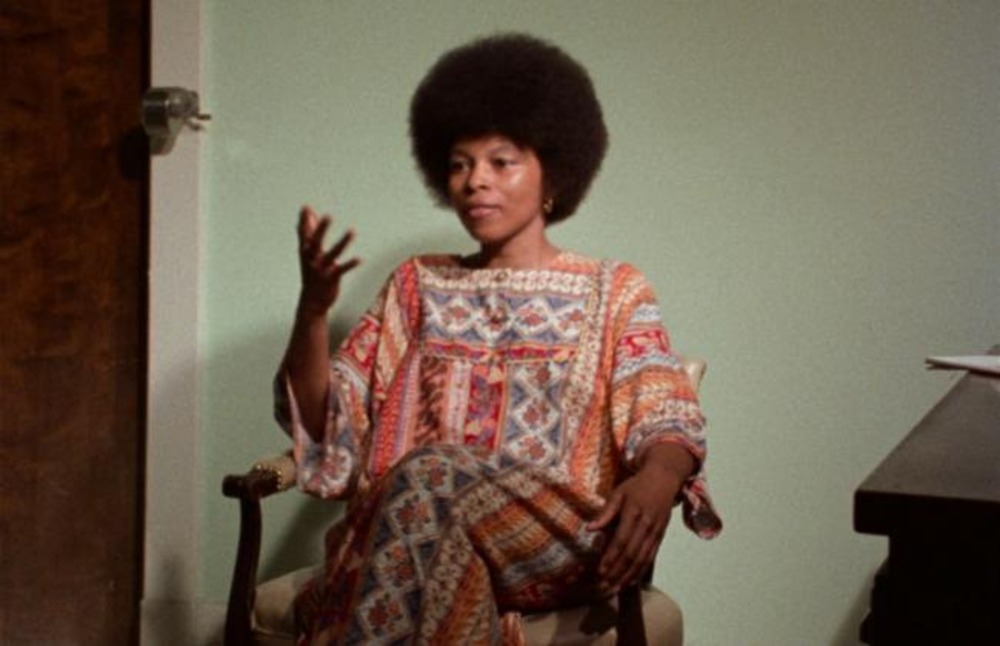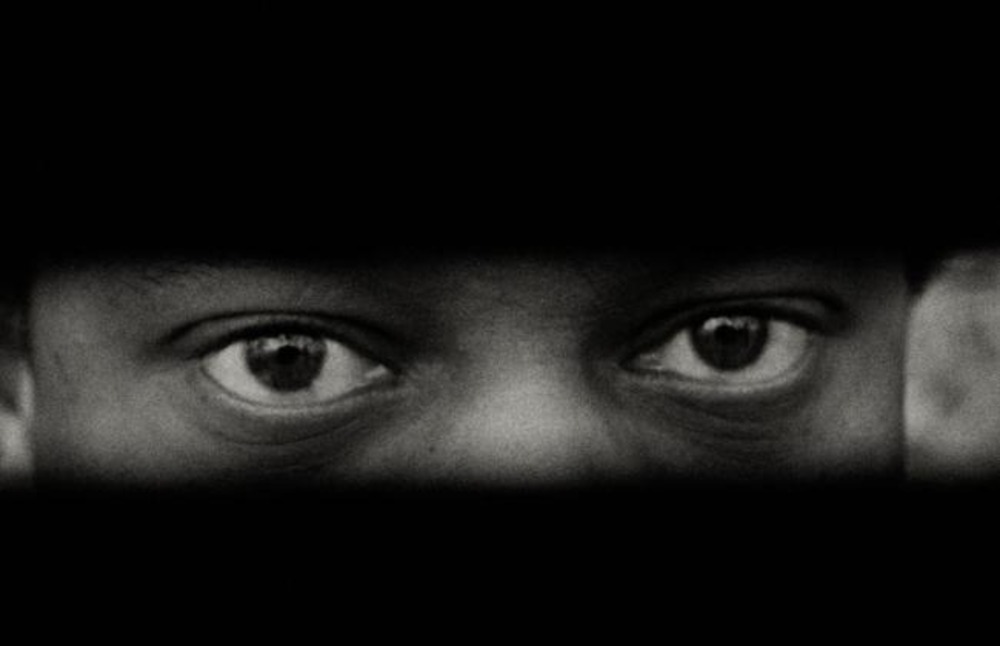What kind of film is required in the face of a tragedy whose consequences are so wide-ranging and which is born of situations so complex that it seems to defy portrayal? The basic insight of the generation of cinematic modernists at the mid-century was that there is no new image that can outmatch the terrible things that have already been done with film, no reverse shot that could stand conclusively to correct the record. For what good is another image when the perpetrators aren’t afraid of the camera? No image of the burns suffered by napalm will stop the American bombing of Vietnam: the opening declaration to Harun Farocki’s Inextinguishable Fires (1969), delivered directly into the camera by the director, forces him to seek other ways to portray its effects to an audience. It’s from such a position that a politics of “by any means necessary” begins to converge with an artistic practice similarly mindful of and open to the variety of resources at its disposal. How else to describe the heterogeneous kinds of representations brought together in On Africa (1970), the most famous film directed by the Black American filmmaker and cinematographer Skip Norman (1933–2015), in which a critique of European colonialism of Africa brings drawings, diagrams, statistics, archival photographs, historical documents, and quoted aphorisms together with moving images to form a composite, without allowing the latter any special privilege or authority over the rest?
Skip Norman was born in Maryland and trained as a filmmaker in West Germany. His films can be characterized by the opening exchange to an early short, Blues People (1969): eyes face forward toward the camera, isolated by two black bars covering the rest of the actor’s face; a voice asks, “Don’t you know what staring means?” Different points in Norman’s career offer different ways to interpret the meaning behind this question. If many of his films—in particular, the triptych of On Africa, Washington D.C. November 1970, and Blackman’s Army of Liberation, all completed in 1970 and shown on West German television—seem to avoid direct representation and favor a montage of older artifacts, Blues People proceeds from the opposite instinct, featuring sequences of actors engaged in unsimulated sex. Yet it would be hard to describe the film as erotic, or at least not traditionally so, which would imply a more routine play of hiding and revealing. In Blues People, Norman subverts conventional representation of sexuality, and in particular of interracial romantic relationships still strongly taboo in West Germany, by showing the stage without curtains.

Elsewhere, the approach is different. In Cultural Nationalism (1969), a recording of a speech of the same title by the Black Panther Party co-founder Bobby Seale plays over a long, unbroken take of a snow-covered field. At a certain moment, almost unnoticeably, the camera begins to pan just slightly until a young Black child comes into view, who comes forward to address the camera at the speech’s conclusion. The effect is not unlike that of contemporaneous structural filmmaking in the U.S., adapting its audience to a highly abstract relationship to space, time, and speech.
This willingness to experiment, particularly with combinations of film, sound, and text, can be traced in part to his training. Norman traveled to Berlin at 33 to join the inaugural cohort of the German Film and Television Academy Berlin (DFFB) alongside classmates including Farocki and Helke Sander, the future director of the landmark feminist film The Subjective Factor (1980). Their cohort would produce a number of significant films from the German far-left, critical of the Vietnam War (Farocki’s White Christmas, 1968) and the ideological conformism of West Germany (Sander’s Silvo, 1967; Farocki’s Their Newspapers, 1968), with Norman often serving as cinematographer or assistant director. Norman’s own films as director emphasized a number of salient political issues in Germany and the U.S.: police brutality (Strange Fruit, 1969), drug addiction and rehabilitation (Black Man’s Army of Liberation, 1970), and economic disenfranchisement (Cultural Nationalism). Yet most frequently, his films were made in open advocacy for the Black Panther Party. Strange Fruit, a tribute to Party member Bobby Hutton murdered at the age of 17 by Oakland police, again features Seale in a prominent speaking role. Washington D.C. November 1970, in part a documentary of the Revolutionary People’s Constitutional Convention, presents the Party’s Ten-Point Platform in view of a longer history of racism in America.

Later in the 1970s, Norman would increasingly return to his role as cinematographer. A tribute to his work, curated by Jesse Cummings and traveling from Anthology Film Archives in New York to BAMPFA in Berkeley this winter, highlights two films of note: 1 Berlin-Harlem (Lothar Lambert and Wolfram Zobus, 1974) and Wilmington 10—U.S.A. 10,000 (Haile Gerima, 1979). The former film, following a Black American GI who chooses to remain in Berlin rather than return home, at times feels like a feature-length expansion upon the ideas of race and sexuality developed in Norman’s earlier Blues People. In subject, the film recalls at certain points Ali, Fear Eats the Soul (also 1974), and Rainer Werner Fassbinder even has a brief cameo late in the film as himself, seeking to cast the protagonist as the title character in his own film. But Lambert and Zobus’s film is motivated by a different dramatic idea than Fassbinder’s, with an even more forceful presentation of German anti-Black racism, and gains much from Norman’s skill with location photography in contrast to the pastel interiors of Fassbinder’s film. Wilmington 10—U.S.A. 10,000, by the Ethiopian director Haile Gerima, interviews various wrongfully imprisoned Black political radicals and activists, including Assata Shakur (before her escape to Cuba), connecting their activism and imprisonment to a longer history of political violence against Black people in the United States. It's a fitting closer, in that it summarizes in brief the ideas we can trace throughout Norman’s career: Black radicalism, internationalism, and the pursuit of an antiracist future.
“Skip Norman: Here and There” runs through January 24 at Anthology Film Archives before traveling to BAMPFA, where it will run January 25–February 29.



